ARTICLES
Advance Search
Aquatic Health
Aquatic Health, Fitness & Safety
Around the Internet
Aquatic Culture
Aquatic Technology
Artful Endeavors
Celebrity Corner
Life Aquatic
Must-See Watershapes
People with Cameras
Watershapes in the Headlines
Art/Architectural History
Book & Media Reviews
Commentaries, Interviews & Profiles
Concrete Science
Environment
Fountains
Geotechnical
Join the Dialogue
Landscape, Plants, Hardscape & Decks
Lighter Side
Ripples
Test Your Knowledge
The Aquatic Quiz
Other Waterfeatures (from birdbaths to lakes)
Outdoor Living, Fire Features, Amenities & Lighting
Plants
Ponds, Streams & Waterfalls
Pools & Spas
Professional Watershaping
Structures (Editor's Notes)
Travelogues & History
Water Chemistry
WaterShapes TV
WaterShapes World Blog
Web Links
Around the Internet
Aquatic Culture
Aquatic Technology
Artful Endeavors
Celebrity Corner
Life Aquatic
Must-See Watershapes
People with Cameras
Watershapes in the Headlines
To excel as professionals, watershapers need to develop a good working knowledge of a range of technical disciplines – hydraulics, materials science and geology, for example – and know the ins and outs of structural, electrical and mechanical engineering. No single person needs to have certified expertise in all of those fields, but it’s becoming increasingly clear that anyone who enters the watershaping realm needs to be conversant in the mix of disciplines he or she must coordinate if the goal of
When a problem occurs with a recently installed decorative concrete job, who is responsible? I understand that this is a loaded question and that there are lots of factors to consider, but the question still stands. This spring, while dealing with a rash of
When I was a landscape architecture student, my coursework on residential landscape design wasn’t much to speak of — just one project in a single course. In those days, in fact, expressing any interest in residential spaces made you
The true test of whether a watershape is well-conceived and well-built is what happens in the minds of the clients when they view the finished product. Not only should they appreciate the beauty of the work, they should also
Let’s start this time with a key definition.In the deepest part of a typical pool, you ordinarily carve out a two-by-two-foot box and backfill it with gravel. On top of that gravel sits a valve designed to open when the water pressure outside the shell is
There was a time not long ago when most of my clients wanted swimming pool environments that were designed to suit a design theme of some sort that was separate and distinct from the house. It wasn’t unusual, for example, for clients here in Texas to ask for outdoor areas that replicated Rocky Mountain settings or tropical lagoons. Those projects still come along from time to time, but in the past few years, increasing numbers of my clients want
In a previous edition of WaterShapes EXTRA!, I discussed the merits and deficiencies of Hearst Castle, and was quickly rewarded with a torrent of other peoples’ opinions. In all of the many comments I’ve seen, one thing is clear: Hearst Castle is
In the very early stages of a project, it isn’t unusual for the plot plans used for design concept/presentation purposes to be a bit off scale, sometimes by a fair amount. Many properties are difficult to map, and even in those cases where it might seem relatively simple to get things right, the fact that one person generally does the job alone isn’t











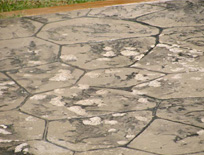

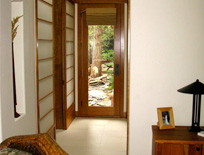
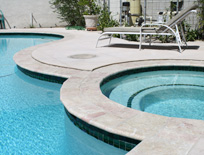

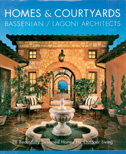

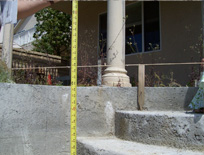



Broad Boundaries